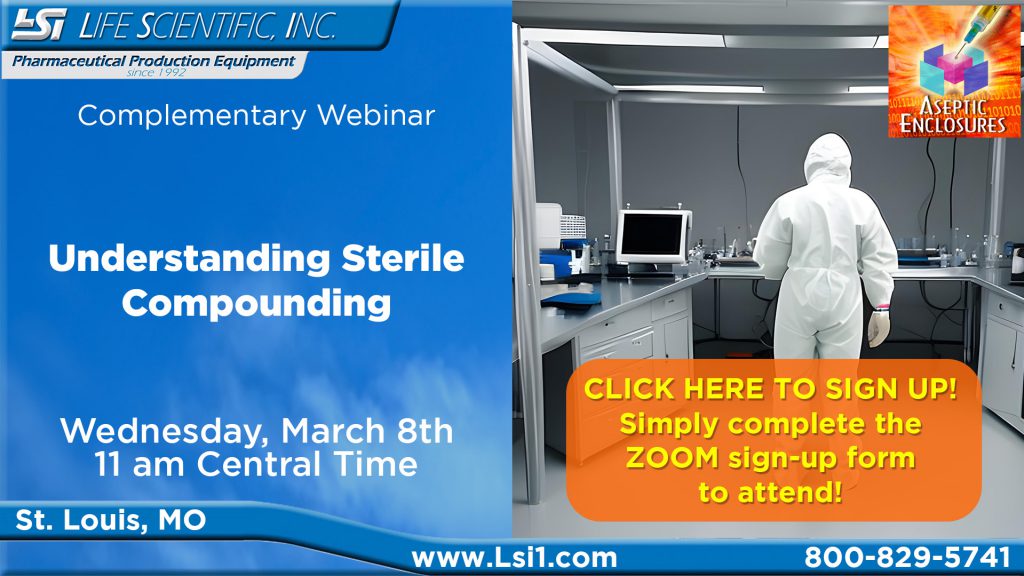Research News
Biosafety In The Laboratory: Prudent Practices for the Handling and Disposal of Infectious Materials.
A— GUIDELINES FOR HANDLING PATHOGENIC MICROORGANISMS
In 1984, the Centers for Disease Control (CDC) and the National Institutes of Health (NIH) jointly published a set of guidelines for the safe handling of pathogenic microorganisms[105 ]. These guidelines, developed over a period of several years in consultation with experts in the field, remain the best judgments available; they are reproduced here in their entirety, as Appendix A. The reader should consult these guidelines in deciding on the appropriate level of precaution to use in the handling of a particular organism.
Basic Cleanroom Protocol

Most basic protocol programs for cleanrooms are based on the Institute of Environmental Science and Technology (IEST) recommended practices for contamination control and the ISO 14644 series of international standards for cleanrooms and associated controlled environments. The focus of any protocol program is to protect the integrity of the cleanroom and the products and processes in the cleanroom from the people working in the cleanroom. Whereas contamination may be due to the product, processes, or equipment in the clean-room, the people working in the cleanroom exercise the greatest control over the cause of and elimination of contamination. Therefore, all protocol programs address the functionality of the cleanroom, the behavior of the people working in the cleanroom, and the cleaning and maintenance of the cleanroom.
Complying with and
Developing a Robust Compounding Strategy
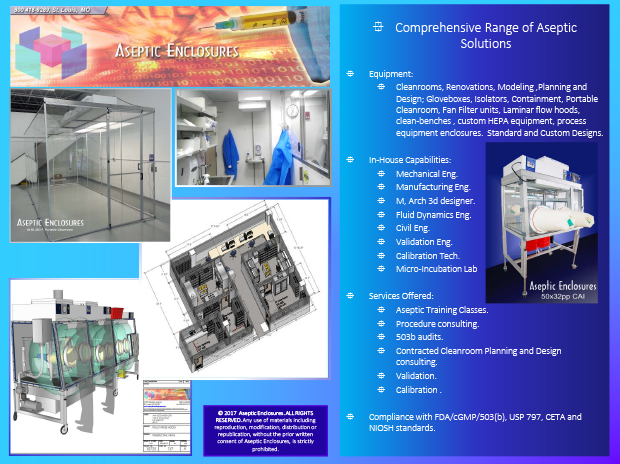
Developing a Robust Compounding Strategy
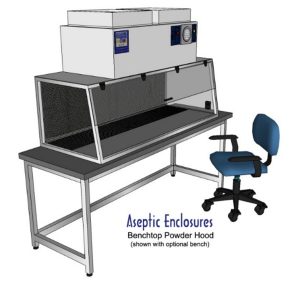
Trends in USP Compliance
With less than a year to go until USP <800> becomes enforceable, a significant effort is required for many facilities to achieve compliance with this chapter. For many attaining full compliance will require an investment in facility upgrades, purchases of new PECs, and a renewed focus on staff training. Certainly progress has been made in adopting some 800-compliant practices; for example, most facilities already segregate their HD inventory from non-HDs in storage. However, other recommended practices are far from widespread; for example, few hospital pharmacies conduct HD spill simulations and wipe analyses on a regular basis. As such, many facilities do not have a firm understanding of the impact of HD contamination in their facility, nor can they be assured that their staff will respond properly when an HD spill inevitably occurs.
Can an Isolator still be used without a Cleanroom
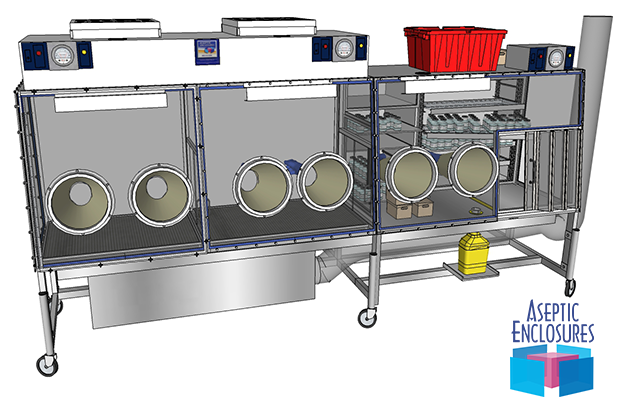
The answer is complicated.
Under the current USP 797 guidelines, a compounding aseptic isolator may be used as a substitute for a cleanroom if it is certified to meet ISO 5 under dynamic conditions. Usually, the certifier will conduct particle tests and airflow studies while a technician is compounding and transferring materials.
Cleanroom Training and Evaluation
As cleanroom experts, we also provide on-site clean room training.
This is the table of contents for our, joint commission evaluated, clean room training manual.
This on-site training can be implemented in several ways.
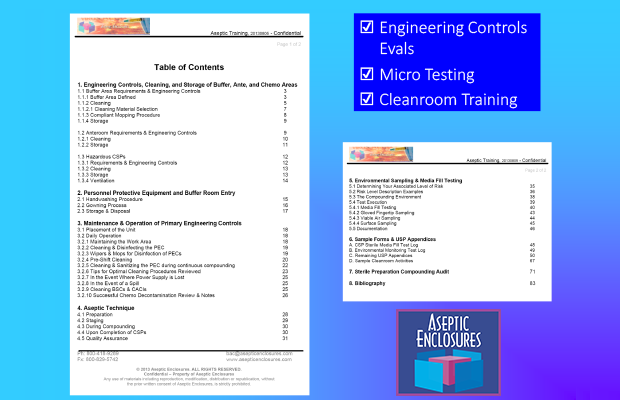
Exposure to Hazardous Materials during Shipping and Receiving
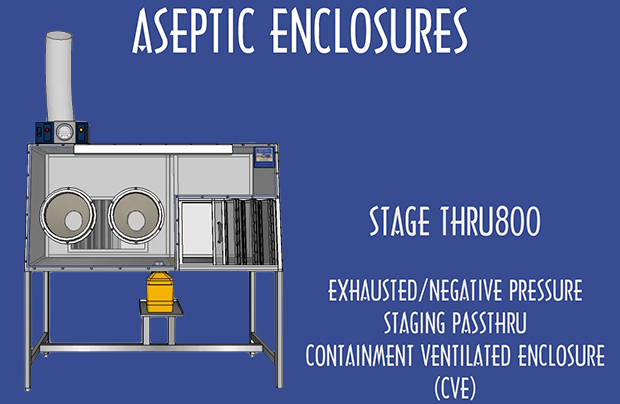
Whether isolator or clean room based working areas, if were talking about both sterile and hazardous sterile preparations we recognize the first source of contamination and exposure risk.
The first known, is actually outside of the clean room and is the pre-cleaning station.

